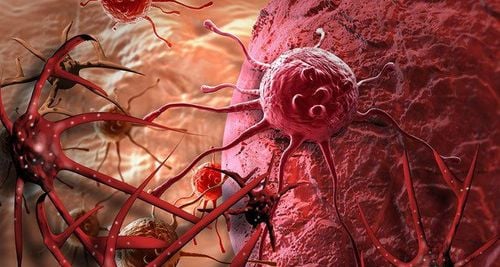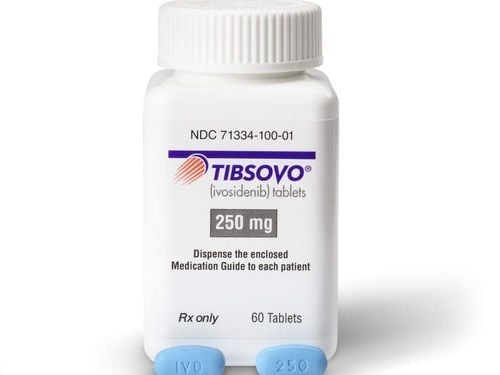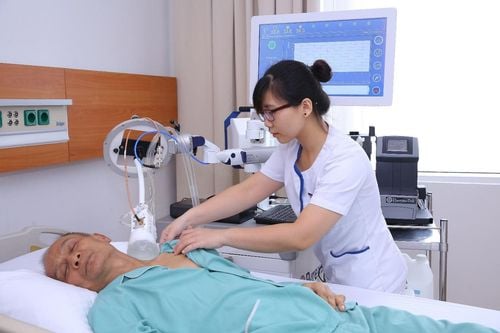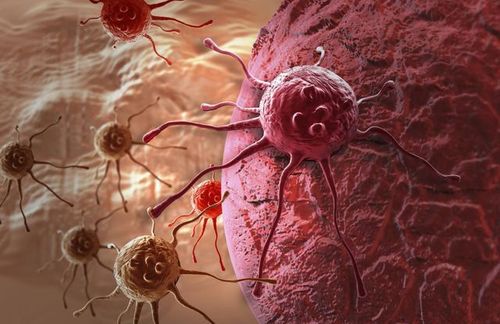This is an automatically translated article.
Hyperthermia is a type of cancer treatment in which body tissue is exposed to high heat, intended to damage and kill cancer cells, but without causing serious damage to normal tissues.
1.Hyperthermia therapy combined with radiotherapy Scientific name : Hyperthermia therapy combined with radiation therapy Brief technical description: Hyperthermia is a type of cancer treatment in which body tissue is exposed to high temperature. Since the 1970s, many preclinical and clinical studies have shown that high temperatures (41-45 degrees Celsius) can damage and kill cancer cells, but do not cause serious damage to cancer cells. normal tissues. By killing cancer cells and damaging proteins and structures inside cells, heat therapy can shrink tumors. Hyperthermia therapy for cancer treatment includes 3 types: systemic, tumor, and localized. Although it has appeared for a long time, in recent years, with the development of high-tech machines, this therapy has received renewed attention.
Many clinical trials have studied hyperthermia in combination with radiation therapy, these studies have focused on the treatment of many types of cancer, including sarcoma, melanoma, and cancers of the head and neck and brain. , lungs, esophagus, breast, bladder, rectum, appendix, cervix, and peritoneum. Hyperthermia therapy can make cancer cells more sensitive to radiation or damage other cancer cells that radiation cannot. Hyperthermia and radiation therapy are often done at the same time to increase the effectiveness of killing cancer cells and treating the disease.
2.What disease is this technique used for? Breast Cancer Esophageal Cancer Cervical Cancer Lung Cancer Liver Cancer Thyroid Cancer Lower Throat Cancer Bladder Cancer Brain Cancer
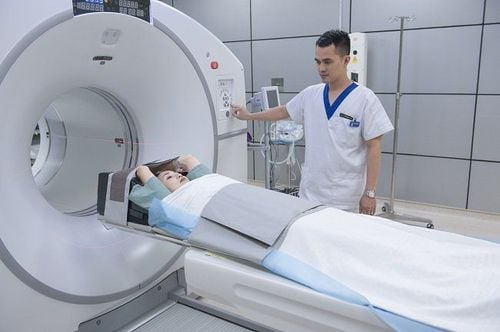
Tăng thân nhiệt là một loại điều trị ung thư trong đó mô cơ thể tiếp xúc với nhiệt độ cao
3.Indications and contraindications Indications:
Supportive treatment of chemotherapy, radiotherapy and cancer immunotherapy for solid tumors. Treatment of cancer Slows tumor growth Reduces tumor size to facilitate surgery or radiation therapy. Contraindications:
Includes contraindications to radiotherapy and immunotherapy. The heat pressure area has an open wound or signs of skin inflammation. Lesions on the skin more than 2.5cm deep. 4.Advantages and disadvantages of the technique Advantages:
Helps increase the sensitivity of cancer cells to radiation, has immunostimulating effects. Many trials in patients with stage 3 melanoma, breast, cervical lymph node, esophageal, cervical, neural stromal, sarcoma... show that hyperthermia increases survival rate in cancer treatment. letters. No side effects, can be treated as an outpatient without destroying other normal cells, reducing pain, suitable for babies in the process of physical development. Improve the effectiveness of cancer treatment many times, completely cure or completely control to prevent further development, prolong life. Cons:
High cost of treatment
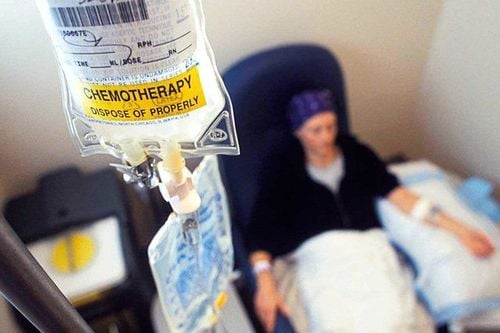
Liệu pháp tăng thân nhiệt phối hợp xạ trị giúp nâng cao hiệu quả điều trị ung thư lên gấp nhiều lần
5. Procedure Step 1: Explain to the patient and family about the treatment plan, the patient agrees and signs the commitment.
Step 2: Multi-specialty standard meeting to assess the patient's health.
Step 3: Carry out the technique
Select a thermotherapy position with the tumor no more than 2.5cm behind the skin surface. Mark the size and center of the thermobaric zone. Select the fuser size corresponding to the fuser size. Determine the temperature: From 42 to 44 degrees. Determine the duration of the course: From 45 to 60 minutes. Check sensor operation. Check the water supply system for the thermocouple, determine the tension of the water bag in accordance with the pressure position, to avoid the bag breaking. Enter patient information into the fuser. Attach the sensor heads with the appropriate number of thermobaric area sizes, the distance between the sensors is 1cm. Set the machine mode: target temperature, heat pressure time as prescribed by the doctor. Place the thermocouple head of the device into the fumigation position prescribed by your doctor. Conduct treatment, monitor and adjust the temperature on the monitor, according to the patient's vital signs and reactions. Step 4: Finish treatment with hyperthermia therapy.
Step 5: The patient will be given radiation therapy about 24 hours after the heat treatment.
6.Normal expression after technique Due to regional differences in tissue characteristics, higher temperatures may occur at different points. This can cause burning, blisters, discomfort or pain, diarrhea, nausea and vomiting... for the sick person. However, most side effects are only temporary.
7.When are the following manifestations of technique abnormal and need immediate re-examination? Feeling of heat at the site of the pressure. Burns and blisters in the thermobaric area (very rare) 8. Equipment needed to perform this procedure Clinac IX Radiation System 9. Things to keep in mind when performing this technique Determining what temperature cancer cells die at is very important to determine the appropriate body temperature to help kill cancer cells. Hyperthermia therapy will use a temperature of 41 - 43 degrees Celsius, this is the temperature that reaches the threshold that can kill cancer cells and ensure safety for the patient. Patients need rest and proper nutrition to recover quickly.
Please dial HOTLINE for more information or register for an appointment HERE. Download MyVinmec app to make appointments faster and to manage your bookings easily.




